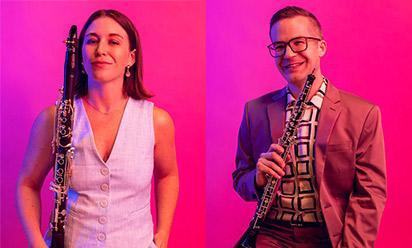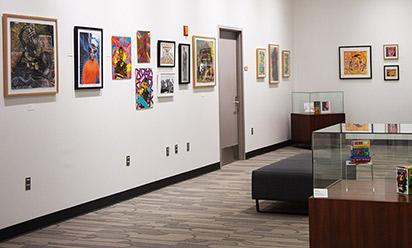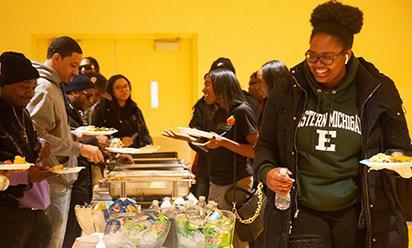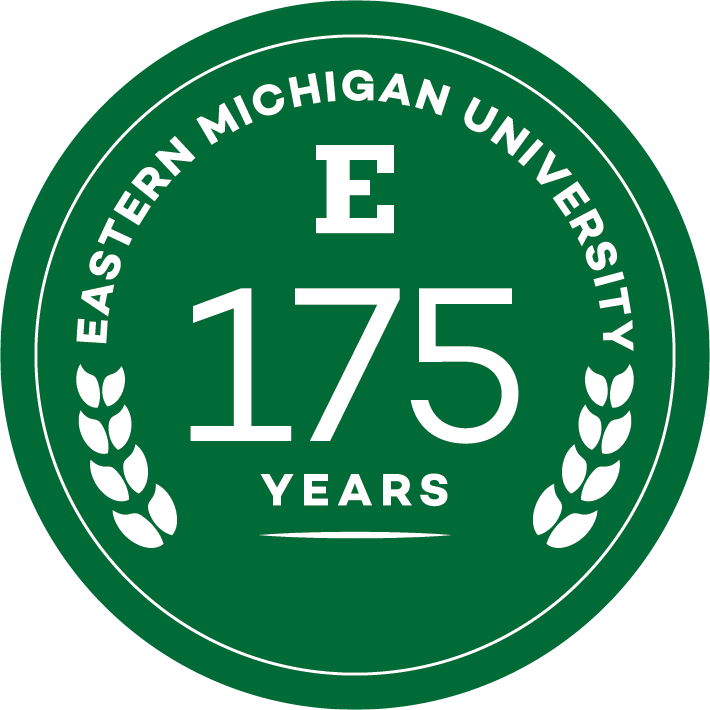Eastern Michigan University faculty members pursue exciting array of projects or activities under sabbaticals awarded for 2020-21
YPSILANTI – Assessing the impact of race and racism on nurses of color. Opportunities for advancing research on Alzheimer’s disease disparities. Public trust and confidence in the judiciary.
Those are just some of the topics that 28 Eastern Michigan University faculty members will pursue in special study, research, writing or other projects under 2021-22 academic year sabbatical leaves approved June 10 by the Board of Regents.
The awards are designed to enrich the activities of individual faculty members, enhance their careers or provide significant service to local, state, national, or international organizations.
Two-semester sabbatical leaves also include up to $12,000 in research support, if requested and approved.
The University Research and Sabbatical Leave Committee reviews the sabbatical leave proposals and makes recommendations to the Provost and Executive Vice President of Academic and Student Affairs.
Thirteen two-semester and 15 one-semester leaves will be awarded. Listed below are the awardees, their academic departments and their projects:
One Semester
Eric Acton, English Language and Literature. “Linguistic Theory and the Interpretation of Artistic Expression.”
Mohammad Bari, Engineering Technology. “Developing Interdisciplinary Electroencephalogram Lab Procedures.”
Brigid Beaubien, Teacher Education. “Strengthening Civic Engagement Through Teacher Education.”
Gabriela Dumitrascu, Mathematics and Statistics. “Practice-Based Teacher Education to Train Future Teachers to Teach Mathematics at Elementary and Middle School Levels.”
Cory Emal, Chemistry. “Fingerprinting of Varietal Honeys Pre- and Post-Fermentation using Nuclear Magnetic Resonance Spectroscopy (NMR).”
Bilquis Ferdousi, Information Security and Applied Computing. “Improving Students’ Writing Skills Applying Digital Technology and Identifying Effect of Human Factors.”
Carla Harryman, English Language and Literature. “My History of Poetry or Writing as Conversation.”
Beth Henschen, Political Science. “Counting on the Courts: Public Trust and Confidence in the Judiciary.”
Harriet Lindsay, Chemistry. “Use of Direct Analysis in Real Time Mass Spectrometry to Analyze Flavor Components of American Whiskey.”
Dustin London, Art and Design. “Exploring the Influence of Traditional Japanese Aesthetics on Contemporary Abstract Painting.”
John McCurdy, History. “LGBTQ+ Rights in the Age of Revolution.”
Mary Schneider, Music and Dance. “Leading the Way Forward: A Conference for Collegiate Band Directors of the Midwest.”
Solange Simões, Sociology, Anthropology, and Criminology. “An Inventory and Comparative Appraisal of American Universities’ Campus Climate Surveys and Prevention Initiatives on Sexual Misconduct 2014 – 2020.”
Peggy Trewn, Nursing. “Assessing the Impact of Race and Racism on Nurses of Color.”
Stephanie Wladkowski, Social Work. “Interprofessional Communication Regarding Live Discharge from Hospice.”
Two Semester
Kristine Ajrouch, Sociology, Anthropology & Criminology. “Opportunities for Advancing Research on Alzheimer’s Disease Disparities.”
David Allbright, Marketing. “Children Marketing to Children: Protecting Kids in New Media Production and Consumption.”
Corrie Baldauf, Art and Design. “Encyclopedic Circle Drawing: Twenty-Year Survey.”
Mohammad Bari, Engineering Technology. “Developing Interdisciplinary Electroencephalogram Lab Procedures.”
Brigid Beaubien, Teacher Education. “Strengthening Civic Engagement Through Teacher Education.”
Ramona Caponegro, English Language and Literature. “Deepening and Expanding Understandings of Diversity in Multicultural Children’s Literature.”
Craig Dionne, English Language and Literature. “Shakespeare and Cognitive Ethology Theory.”
Nataša Kovačević, English Language and Literature. “Transcontinentalism and the Cultural Imaginaries of Non-Alignment.”
Judith Kullberg, Political Science. “The Politics of Russia: A Text with Simulations.”
Camilla McComb, Art and Design. “The Power of Conceptual Thinking: A Guide for Designing & Implementing Meaningful Concept-Based Visual Art Lessons.”
Amy Sacksteder, Art and Design. “Translated, Expanded: Innovations in Safe Oil Painting Practices and their Application in a Continuing Body of Paintings.”
William Sverdlik, Computer Science. “Natural Language Processing and Computational Linguistics to Enhance Search Engine Queries.”
Zuzana Tomas, World Languages. “Enhancing Higher Education with Service-Learning (SL) Pedagogy through Collaborative EMU-MBU (Matej Bel University) SL Projects.”
About Eastern Michigan University
Founded in 1849, Eastern is the second oldest public university in Michigan. It currently serves nearly 16,000 students pursuing undergraduate, graduate, specialist, doctoral and certificate degrees in the arts, sciences and professions. In all, more than 300 majors, minors and concentrations are delivered through the University's Colleges of Arts and Sciences; Business; Education; Engineering and Technology; Health and Human Services; and, its graduate school. EMU is regularly recognized by national publications for its excellence, diversity, and commitment to applied education. For more information about Eastern Michigan University, visit the University's website.
More Stories

Eastern Michigan University alumni win GRAMMY® Award for Best Instrumental Composition for collaborative album, “Are We Dreaming the Same Dream?”

Eastern Michigan University’s Halle Library Gallery showcases “You Are Here” – a collection of contemporary portraits and figurative art from South African artists, among others.

Eastern Michigan University’s “Enlighten U” podcast unmasks imposter syndrome, perfectionism, & LGBTQ+ identities.

SkillsUSA Michigan at Eastern Michigan University Announces Regional Championship Expansion Project

Eastern Michigan University celebrates Black History through Soul Food and Spoken Word Night – Feb. 13.

